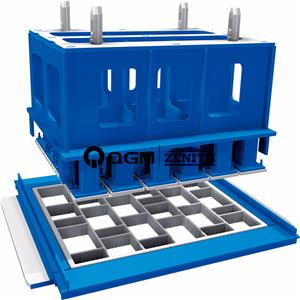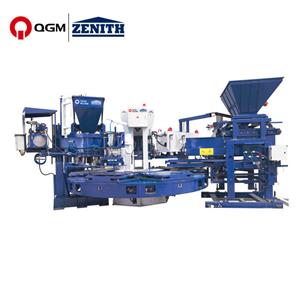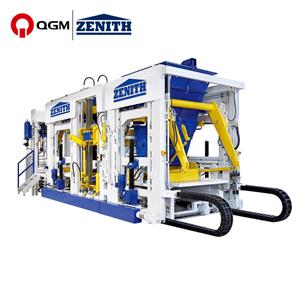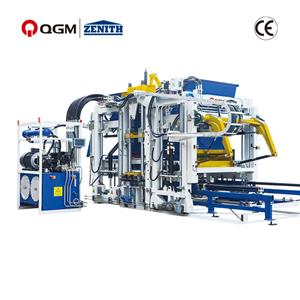How to implement servo active vibration control in servo system
With the advancement of science and technology, servo systems play an increasingly critical role in industrial production. However, the system often encounters external interference during operation, causing vibration problems, which will have a negative impact on the stability of the system and may even cause equipment damage. Therefore, studying and implementing active vibration control technology is a key task in the design of servo systems. The following content will explain the basic concept, working principle and implementation strategy of active vibration control.
1. Concept Explanation
Active vibration control aims to monitor and analyze the vibration in the system in real time through feedback mechanism and control technology, and then take effective measures to eliminate vibration. Common vibration control methods include vibration elimination, suppression and isolation.
2. Technical Principle
The core of servo active vibration control lies in the controller. The controller monitors the changes in vibration parameters by tracking the vibration of the equipment in real time, and compares them with the preset standards to generate corresponding control instructions. These instructions guide the servo system to reversely intervene in the vibration to offset or weaken the vibration effect, or to achieve active control of vibration by applying specific control force to the load.
3. Implementation strategy
Servo active vibration control usually adopts the following strategies:
1. Vibration controller
As the core component of the active vibration control system, the vibration control unit uses a highly sensitive sensor to monitor the vibration of the equipment in real time and actively suppresses the vibration through feedback control. Common vibration controllers include sensors, controllers, and actuators.
2. Resonator
A resonator is a device that can eliminate vibration. It offsets the vibration generated by the equipment by converting and reversely regulating the vibration signal. The device first converts the vibration into an electrical signal, then reversely processes it according to the established parameters, and finally converts the adjusted signal back into mechanical energy and acts on the equipment in the opposite direction.
3. Load force regulator
The system achieves active control of vibration by applying force to the load. The load force regulation system consists of sensors, controllers, and actuators, and eliminates the vibration caused by the equipment by adjusting the force applied to the load.
4. Vibration isolation
Vibration isolation aims to block the propagation of vibration and direct the vibration energy to other systems through different isolation systems, thereby reducing the impact of vibration on the equipment.
In summary, the active vibration control technology in the servo system combines the knowledge of physics and signal processing, and can realize real-time monitoring and effective control of vibration, thereby improving the stability and reliability of the system, and further enhancing product quality and production efficiency.
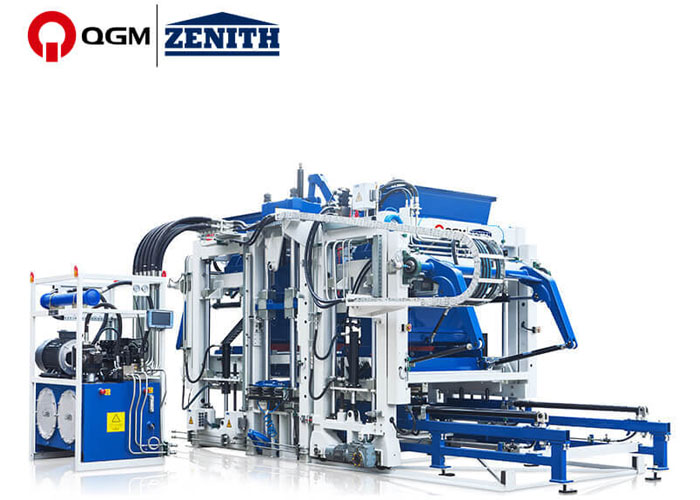
QGM Quangong Machinery Co., Ltd. has its own factory and high-quality equipment from manufacturers. Our Block Making Machine products pursue higher customer satisfaction and sustainable business development.
Welcome to contact us for consultation:
Email :inquiry@qzmachine.com
Phone :+86-18105956807 (Whatsapp)

